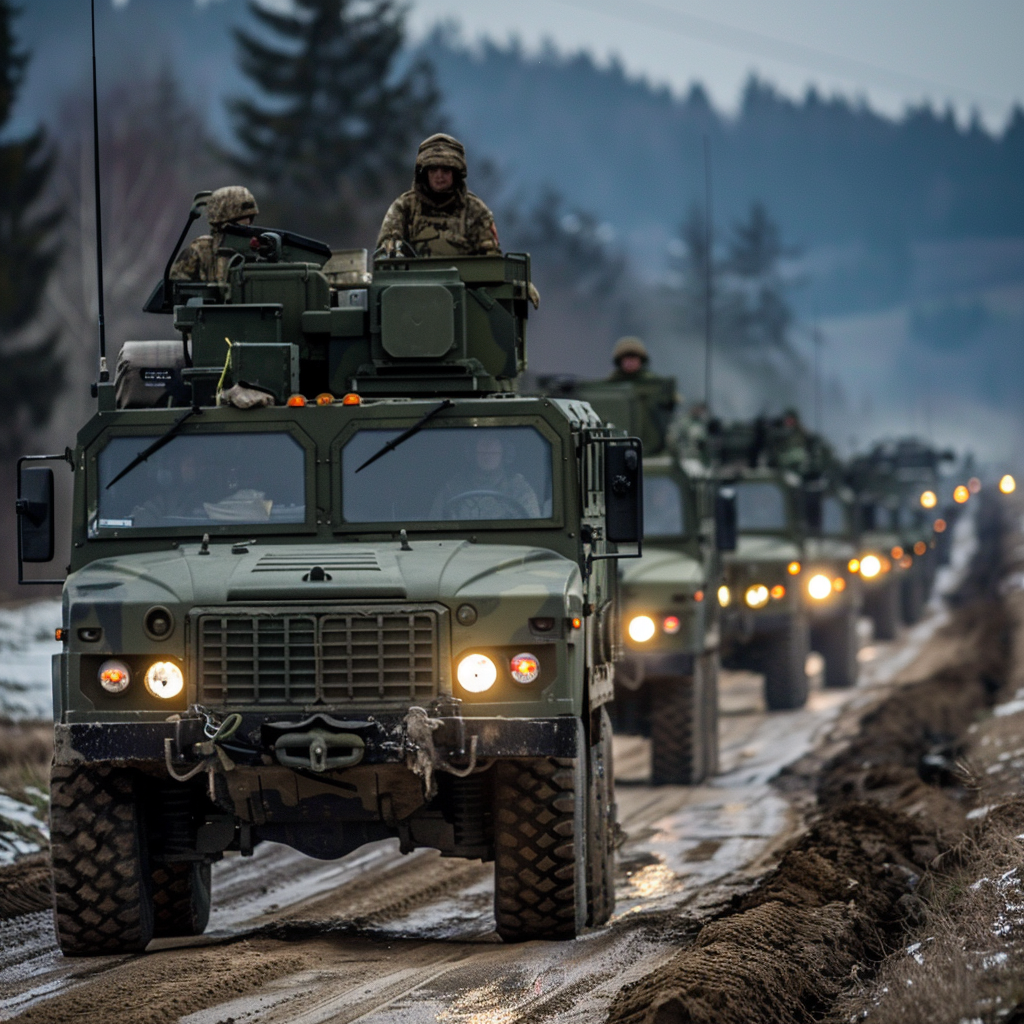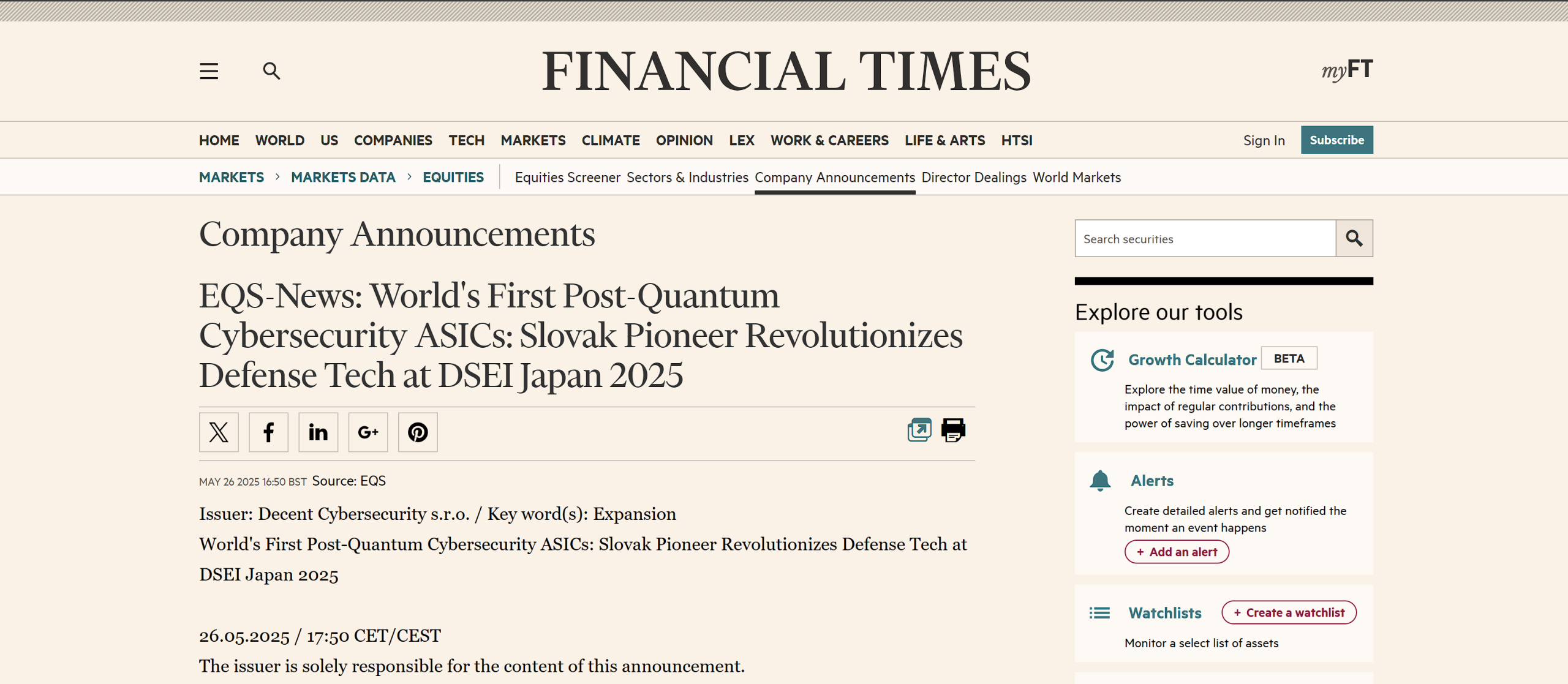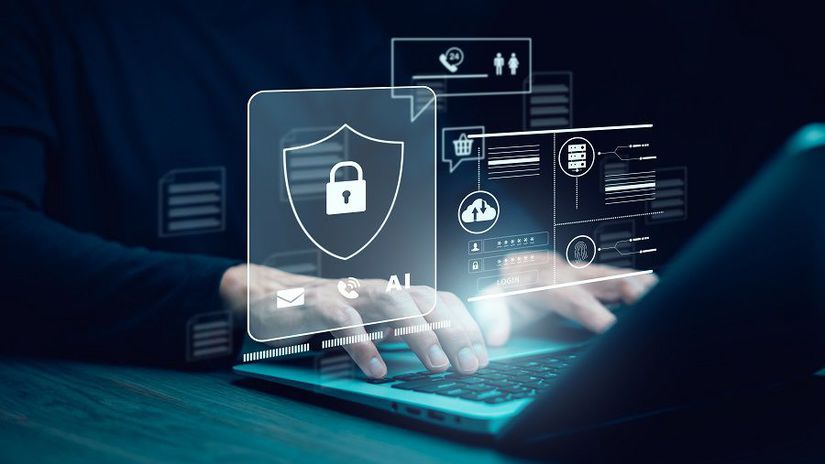Identification Friend or Foe (IFF) systems are crucial for modern military operations, enabling forces to distinguish between friendly and enemy units in complex combat environments. As digital transformation reshapes defense capabilities, blockchain technology emerges as a promising enhancement for IFF systems, offering a new layer of security, reliability, and efficiency. This article explores the potential benefits of integrating blockchain technology into IFF systems, ensuring heightened operational integrity and strategic advantage.
Enhancing IFF Systems with Blockchain
Blockchain technology, known for its robust security features and decentralized nature, can significantly augment the functionality of IFF systems in several ways:
1. Immutable Data Records
Blockchain provides a tamper-proof ledger where all transactions (or data exchanges) are immutably recorded. Applying this to IFF systems can ensure that all communications and identifications are permanently and securely logged. This capability is crucial for post-mission analysis and for legal accountability in combat situations.
2. Enhanced Security and Trust
Blockchain’s decentralized nature eliminates single points of failure, which enhances the security and resilience of IFF systems against cyber-attacks, including data tampering and spoofing. The cryptographic protection inherent in blockchain ensures that data exchanged across the network is secure from unauthorized access.
3. Real-Time Data Sharing
Blockchain can facilitate real-time, secure data sharing among various units and allied forces. This capability ensures that all entities in the network have up-to-date and consistent information regarding friend or foe identification, reducing the risk of friendly fire and enhancing coordinated efforts in joint operations.
4. Reduced Operational Latency
By streamlining the verification processes through a decentralized network, blockchain can reduce the time it takes for IFF systems to confirm friend or foe status. Faster processing speeds can lead to quicker decision-making in the field, potentially saving lives and increasing mission success rates.
5. Interoperability Between Allied Forces
Blockchain platforms can be designed to enhance interoperability among different military systems used by allied forces. A unified blockchain-based IFF system could enable seamless communication and identification processes across multinational coalitions without the need for extensive integration efforts.
6. Increased Transparency and Accountability
With blockchain, every transaction is traceable and auditable without compromising the security of the data. This feature increases transparency in military operations and enhances accountability, particularly in joint operations involving multiple countries or units.
7. Automation Through Smart Contracts
Blockchain can automate various processes within IFF systems through smart contracts that execute predefined rules. For instance, updates to “friend” identifiers can be automatically distributed and applied across the network, ensuring that all units operate with the most current information without manual intervention.
8. Scalability for Future Technologies
As IFF systems evolve with advancements in technology, blockchain offers a scalable solution that can accommodate future developments, including the integration of artificial intelligence and machine learning for automated threat assessment and identification.
Conclusion
Integrating blockchain technology into IFF systems could redefine their operational capabilities, making them more secure, efficient, and reliable. The immutable record-keeping, enhanced security, and improved data sharing provided by blockchain are set to significantly reduce the risks of friendly fire and enhance the effectiveness of military operations. As defense forces continue to face sophisticated threats, leveraging blockchain in IFF systems offers a forward-looking approach that not only enhances current operations but also prepares military infrastructures for future challenges. The implementation of such technology will require careful planning, robust testing, and international cooperation to ensure compatibility and security at all levels.





